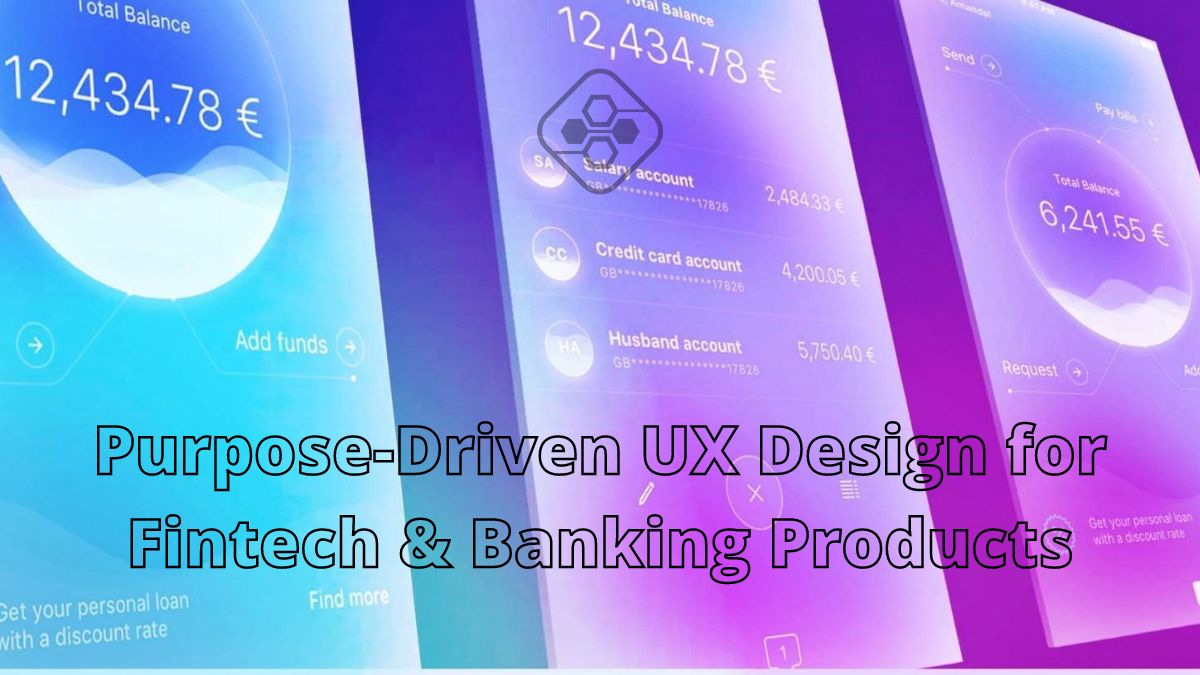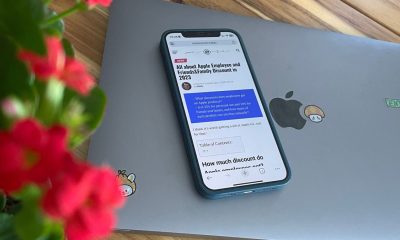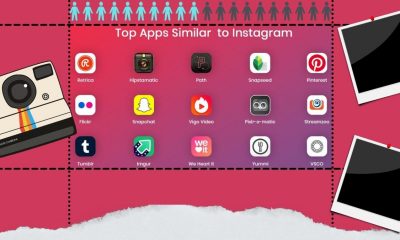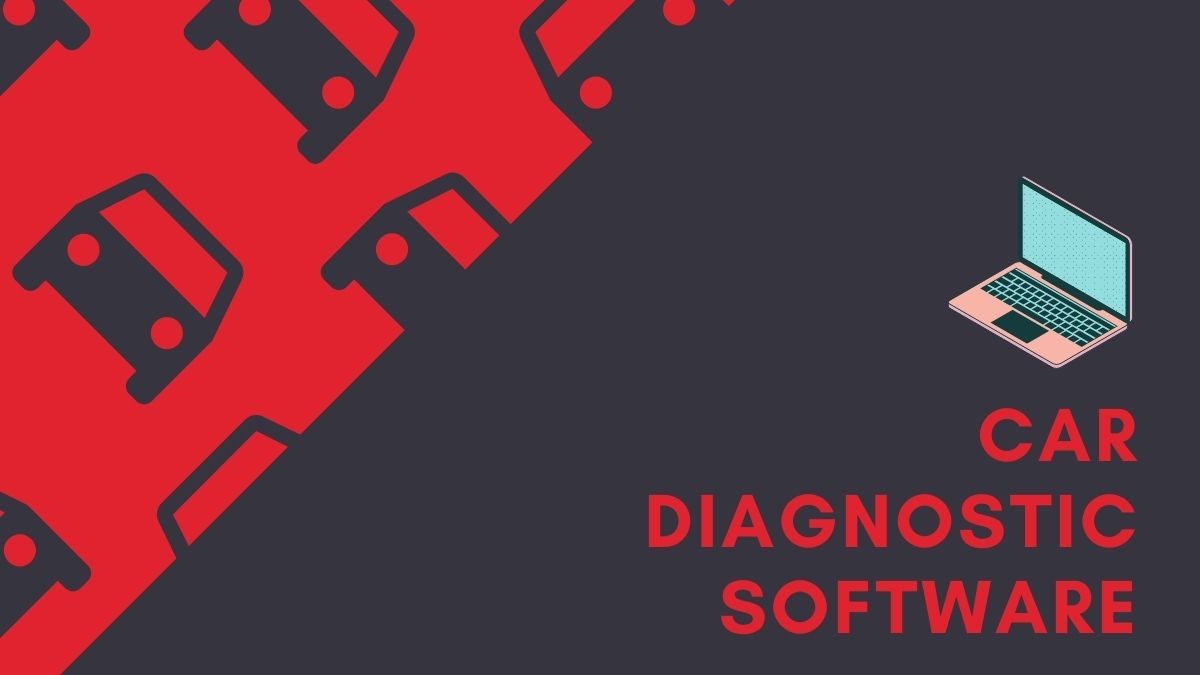UI Design
Purpose-Driven UX Design for Fintech & Banking Products

Digital products used to focus on business revenue and functionality, omitting the end-user in the app success formula. The modern business reality dictates different rules of the game. Customer-centricity is the cornerstone of banking app design services today, and web designers need to place the user in the focus when developing relevant, valuable digital products.
Here is a quick guide to developing a purpose-driven web product with full regard to usability principles. Use our tips to create an outstanding UX built around your end-user needs and pain points.
Customer Experience Rules the Market
Today, people are flooded with many apps, websites, and digital services. They have so much to choose from, but in many cases, their expectations are betrayed. Choosing an app without a brand identity and story wastes user time and energy. Thus, the new philosophy of digital product creation – purpose-driven UX – has emerged to close the gap and give users a completely new digital experience.
The financial industry is the most vulnerable to poor UX problems, as it’s deeply technical. Users may find it hard to navigate through complex interfaces and pick individually suited financial services. Luckily, the purpose-driven UX approach also has much in store for financial apps. Here’s how you can breathe life into a seemingly boring, complicated financial product.
How to Apply Purpose-Driven UX Design in Your Products?
The idea behind purpose-driven UX is to give people more than a product. It favors providing a stellar customer experience that adds value to a seemingly standard product and arouses end-user interest in it. Such products are socially responsible, sustainable, and comply with the human pursuit of mindful living. This way, they integrate seamlessly into the human routines and add meaning to their rituals, such as sending money to one’s family or paying off financial debt.
Here are some practical UX tips for transforming a regular FinTech product or app into a purpose-driven one.
#1 Make Them Humane
People still treat innovative technology with suspicion and distrust because they feel it has no soul. Concerns about the loss of jobs worldwide, the absence of human-like interaction, and other fears stain tech innovation’s reputation and slow its adoption.
However, there’s always a way to make digital apps more humane; you must show that you value every customer. Take care of customers, build a community, and integrate the app into a real-life context. This way, you can show the human side of your business, sharing your target users’ concerns and participating in their lives.
#2 Share a Sense of Purpose
Your app should be not only customer-centric; it should communicate a broader purpose your brand is pursuing. It should focus on a positive social change, a pain point of your community you’re trying to address. Once your users capture this purpose, they start perceiving your business as a meaningful brand. Using your app, they join the struggle for a better future.
To make your financial product purpose-driven, you need to focus on a progressive social purpose and promote financial innovation in a certain way. For instance, some FinTech products strive to make banking products more accessible for underbanked populations. Others target financial education in developing countries. A separate category of financial apps focuses on bringing investment closer to individuals. So, choose a niche where you want to make a positive change and engage customers with that shared purpose.
#3 Create Meaningful Connections
Digitization has transformed the world into a single digital village. Still, the level of perceived isolation gets high every year. People are connected by technology but isolated in traditional communicative terms. Thus, you can make your product more appealing and meaningful by drawing emotional connections with the end-users. Treat your consumers as friends or family members; show that you’re trying to give them the best possible service. These efforts are sure to pay off with stronger connections on a personal level, resulting in greater brand loyalty.
#4 Tell Your Brand’s Story
A brand without a story is boring and empty. Users can’t connect emotionally to something they don’t understand. Thus, your task is to connect the dots between your user values and needs and the company’s story. For example, your app aims to make algo-trading more accessible to retail traders. Thus, the story behind your brand is a struggle with high entry barriers and access to advanced algo-trading tools for elite institutional investors only.
#5 Develop a Brand Personality
Your brand’s personality is a unique mix of functions and properties it can deliver to the customers. This mix delivers a particular UX and arouses a particular emotional response in those who try your product. Thus, you need to set users in a specific mood and give them an intended feel of the digital product with the help of UX design tools, color choices, and the overall design tone.
#6 Create the App with Passion
Passion about your business idea is what fuels user interest and stimulates the product’s adoption. If your team is passionate about the social change and service you deliver, so will the customers. An emotional component is vital for building your own tribe of fellow thinkers around your product, using your app not because of basic functionality but because of a shared philosophy and passion for change.
#7 Keep the Product Focused
Generic services are built with no target audience in mind. Make your digital product narrowly focused on a single goal and a specific target group of users. This way, you will reach out to people with relevant, meaningful messages, urging them to adopt your app because it meets their needs and addresses their unique pain points.
You Can Give Your Users a Stellar Experience
The quick evolution of the digital services market is relentless; it ensures that only forward-looking, customer-centric businesses survive. Modern customers are very picky. They are ready to pay extra if the brand delivers a stellar UX and abandon the brand very quickly if they experience poor UX.
Thus, the focus on UX becomes a critical aspect of the broader marketing strategy and web design processes. Don’t remove the end-user from the design equation; your UX optimization efforts and delivery of purpose-driven UX will pay off with customer loyalty and trust.
-

 Marketing Tips2 days ago
Marketing Tips2 days agoWhat is my Instagram URL? How to Find & Copy Address [Guide on Desktop or Mobile]
-

 Business Imprint4 days ago
Business Imprint4 days agoAbout Apple Employee and Friends&Family Discount in 2024
-

 App Development3 days ago
App Development3 days agoHow to Unlist your Phone Number from GetContact
-

 News5 days ago
News5 days agoOpen-Source GPT-3/4 LLM Alternatives to Try in 2024
-

 Crawling and Scraping5 days ago
Crawling and Scraping5 days agoComparison of Open Source Web Crawlers for Data Mining and Web Scraping: Pros&Cons
-

 Grow Your Business2 days ago
Grow Your Business2 days agoBest Instagram-like Apps and their Features
-

 Grow Your Business5 days ago
Grow Your Business5 days agoHow to Become a Prompt Engineer in 2024
-
Marketing Tips2 days ago
B2B Instagram Statistics in 2024







